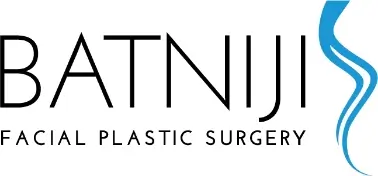- Home
-
- Patient Portal
- Presentations
- Media
- Luxe Stay
- Blog
- Specialty Products
-
- Patient Portal
- Arnica Montana
- Blepharoplasty Post Instructions
- Brow Lift Post Instructions
- Chin Augmentation Post Instructions
- Facelift Post Instructions
- Herbal Medicines to Avoid
- Necklift Post Instructions
- Necklipo Post Instructions
- Otoplasty Post Instructions
- Preop Instructions for Outpatient
- Rhinoplasty Post Instructions
- Laser Skin Resurfacing Instructions
- Submentoplasty Post Instructions
- VI Peel Post Instructions
- Dr. Rami K. Batniji
- Ashley Lankford, Nurse Practitioner
- Charlotte Bader, Physician Assistant
- Testimonials

